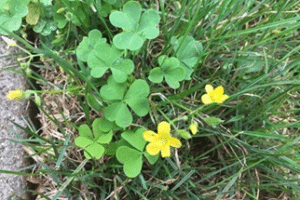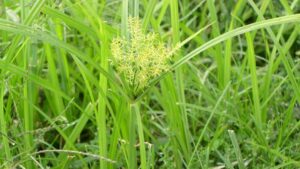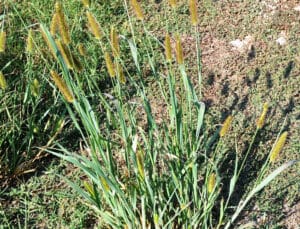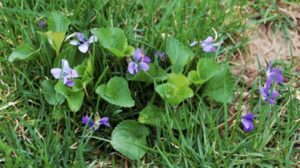Cornus florida ‘Cherokee Chief’
Description
The Cherokee Chief Dogwood is cold hardy to growing zone 5, where other dogwood varieties can’t handle the cold. Large amounts of ice and snow don’t bother Cherokee Chief Dogwoods and don’t stop them from blooming. By being one of the first trees to bloom in spring, Cherokee Chief Dogwoods fill the landscape with fiery red blossoms while other trees are still dormant. Once their dark, green leaves fill in they act as a backdrop for the bright flowers to pop against.
The colorful show doesn’t stop there because the long, oval shaped leaves fill in to create a thick and attractive canopy that provides shade in the summer. When the leaves first emerge they have a burgundy to bronze tint that fades to green as they mature. Then in the fall the green leaves turn a dark shade of red.
Your neighbors will swear that your ornamental tree is doing something new every time they see it, even in the winter because Cherokee Chief Dogwoods form bright red berries in the fall that last deep into the winter after their leaves have dropped. The red berries beam with color while other plants in the winter landscape are bare. Cherokee Chief Dogwood berries are an excellent source of food for a variety of songbirds during the winter. You’ll love being warm inside your home while watching colorful birds visit your tree all winter long.
Planting
Select a site that is well-draining and slightly acidic for the Cherokee Chief Dogwood. 1)Dig your hole three times the width of the size of the root ball and slightly deeper. 2) Loosen the soil, in and around the hole so the roots can easily break through.
3) Use your fingers to separate the roots of your Cherokee Chief Dogwood and gently position downward in the hole. Hold the tree straight as you begin to backfill the site. 4) Apply water to settle the soil and remove any air pockets that may have formed.
Watering
Water newly planted Cherokee Chief Dogwood once or twice a week during the summer and fall. Watering during the winter is rarely necessary. When you water, give it a good, deep soaking to ensure it penetrates down to the deepest roots.
Fertilizing
Little or no fertilizer is needed during the first growing season. Too much fertilizer when the tree is young can stunt root growth and possible injury the tree. You can fertilize established trees twice a year, in February and again in mid-June.
Pruning
Dogwoods don’t really need much pruning. Remove dead and injured branches. Proper pruning will make the trees more attractive and keep them healthier.
| Growing Information | |
| Mature Height: | 15-20 ft |
| Mature Width: | 15-30 ft |
| Sunlight: | Full to Partial Sun |
| Bloom Time: | |
| Growth Rate: | Moderate |
| Grows Well in Zones: | 5-9 |
| Your Growing Zone: | 6 |





